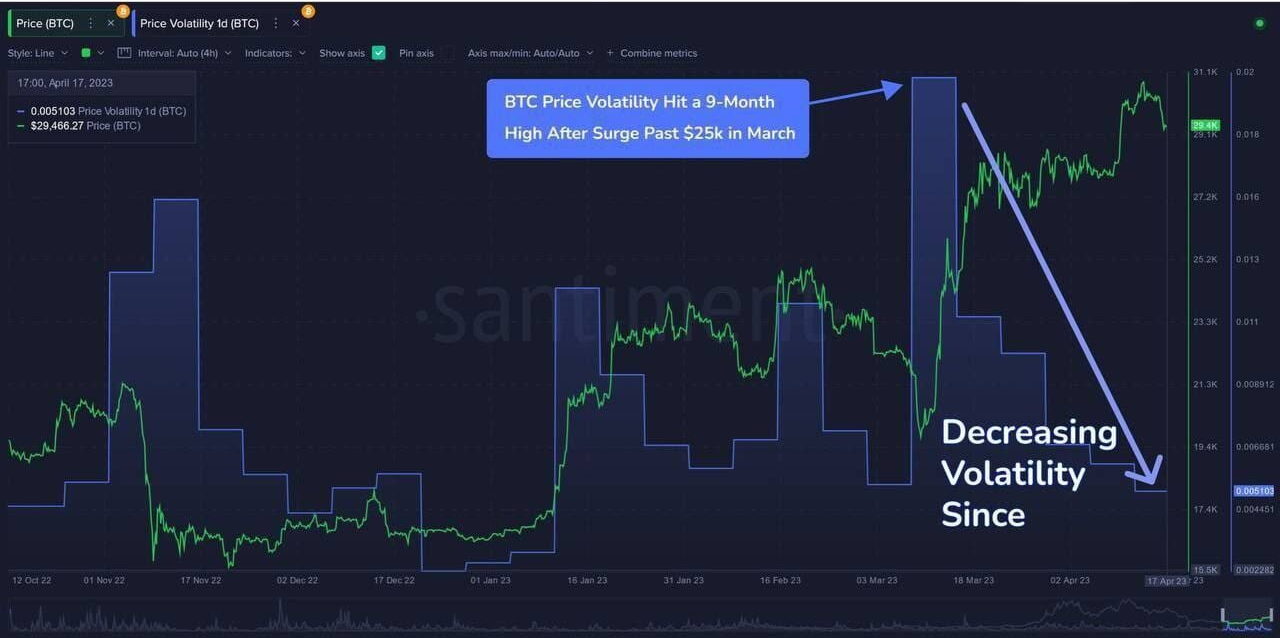How to Protect Your Bitcoin Like a Pro: The Ultimate Guide to Paper Wallets!

Protect Your Bitcoin Like a Pro: In the digital age, securing your cryptocurrency is more crucial than ever. With increasing threats of cyberattacks and hacking, keeping your Bitcoin safe requires more than just a strong password. Enter the paper wallet: a simple, secure, and offline method to protect your Bitcoin holdings. This ultimate guide will walk you through everything you need to know about paper wallets, Bitcoin and Altcoins Offer Hope in the New Year from what they are to how you can create and use one effectively.
What Is a Paper Wallet?
A paper wallet is a physical document that contains your Bitcoin public address and private key. These keys are often presented in the form of QR codes, making it easy to scan and access your funds when needed. Unlike digital wallets stored on computers or mobile devices, a paper wallet is offline, providing a robust layer of protection against cyber threats.
Key Features of a Paper Wallet:
- Offline Storage: Immune to online hacking attempts.
- Portability: Easy to store in a secure location like a safe.
- Low Cost: Requires minimal resources to create.
Why Choose a Paper Wallet?
Paper wallets are an excellent choice for long-term Bitcoin storage or for those who prioritize maximum security. Here are some benefits:
- Hack-Proof: Since it’s offline, there’s no risk of malware or phishing attacks.
- Ownership Control: You hold the private key, ensuring full ownership of your Bitcoin.
- Backup Option: A tangible backup that doesn’t rely on electronics.
How to Create a Paper Wallet
Creating a paper wallet is straightforward, but it’s essential to follow these steps carefully to ensure security:
Step 1: Use a Secure Environment
- Disconnect from the Internet: Create your wallet offline to avoid potential hacks.
- Boot a Live Operating System: Use a live OS like Tails on a USB drive to minimize risks from malware.
Step 2: Generate a Wallet
- Visit a trusted paper wallet generator, such as bitaddress.org or walletgenerator.net.
- Download the generator’s HTML file and open it offline.
- Follow the instructions to generate your Bitcoin address and private key.
Step 3: Print Your Wallet
- Use a Secure Printer: Ensure the printer isn’t connected to a network.
- Print on High-Quality Paper: This ensures durability over time.
- Check for Clarity: Ensure both the address and QR codes are legible.
Storing Your Paper Wallet Safely
 Once your paper wallet is created, proper storage is vital to protect it from physical and environmental damage.
Once your paper wallet is created, proper storage is vital to protect it from physical and environmental damage.
- Use a Waterproof and Fireproof Case: Protect against natural disasters.
- Keep It Hidden: Store in a safe, safety deposit box, or another secure location.
- Create Multiple Copies: Keep backups in separate locations.
- Avoid Sharing: Never disclose your private key to anyone.
Using Your Paper Wallet
To access or transfer funds from your paper wallet:
- Sweep Your Private Key: Import the private key into a digital wallet app like Electrum or Mycelium.
- Transfer the Funds: Once swept, transfer the desired amount to a secure digital wallet or another address.
- Discard Old Wallets: Avoid reusing the same paper wallet for added security.
Pros and Cons of Paper Wallets
Pros:
- Maximum security against online threats.
- Simple and cost-effective.
- Excellent for long-term storage.
Cons:
- Vulnerable to physical damage.
- Requires careful handling to avoid loss.
- Not ideal for frequent transactions.
Final Thoughts
A paper wallet is a fantastic tool for safeguarding your Bitcoin holdings, especially if you’re planning to hold them long-term. By following the steps and tips in this guide, you can secure your cryptocurrency like a pro. Remember, the key to Bitcoin security is vigilance and preparation—so take the necessary precautions and enjoy peace of mind knowing your assets are safe.
[sp_easyaccordion id=”3870″]




